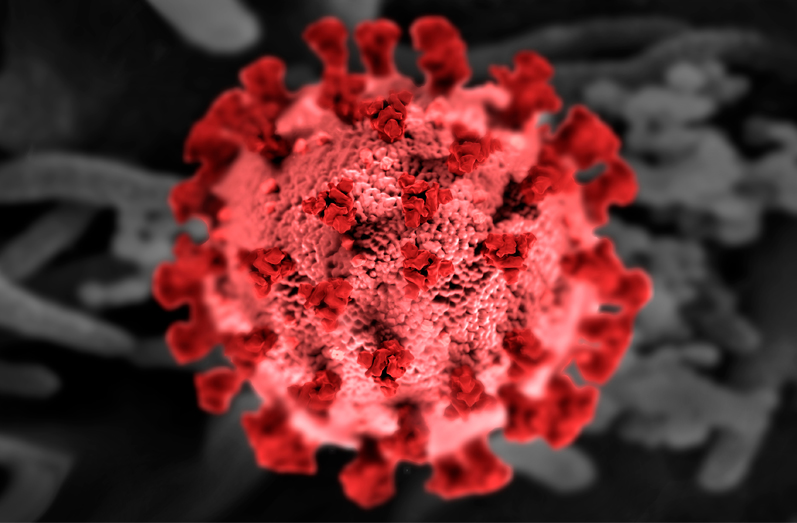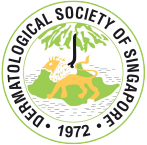Oral manifestations of COVID‐19 disease: A review article

B Iranmanesh, M Khalili, R Amiri, H Zartab and M Aflatoonian
Dermatologic Therapy. 2021 Jan;34(1):e14578. doi: 10.1111/dth.14578. Epub 2020 Dec 13.
Reviewed by Dr Chia Hui Yi, National Skin Centre Singapore
This review article aims to describe the oral manifestations seen in patients with COVID-19 disease. The authors searched published literature in Pubmed library and Google Scholar and thirty-five articles published in English from December 2019 until September 2020 were selected. Clinical presentations included ulcers, erosions, bullae, vesicles, pustules, fissured or depapillated tongue, macules, papules, plaques, pigmentation, halitosis, whitish areas, hemorrhagic crusts, necrosis, petechiae, swelling, erythema, and spontaneous bleeding. The oral lesions were symptomatic (painful, burning sensation or pruritus) in most cases (68%) and occurred in nearly equal proportions in both genders (49% female, 51% male). The common sites of involvement were the tongue, labial mucosa, palate, gingiva, buccal mucosa, oropharynx and tonsil.
The suggested diagnoses were aphthous stomatitis, herpetiform lesions, candidiasis, vasculitis, Kawasaki‐like, erythema multiforme‐like, mucositis, drug eruption, necrotizing periodontal disease, angina bullosa‐like, angular cheilitis, atypical Sweet syndrome, and Melkerson‐Rosenthal syndrome. The latency period between appearance of systemic symptoms and oral lesions was between 4 days before and up to 12 weeks after the onset of systemic symptoms.
Therapies prescribed were dependent on the aetiology ascribed. The lack of oral hygiene, opportunistic infections, stress, immunosuppression, vasculitis, and hyper‐inflammatory response secondary to COVID‐19 were thought to be the most important predisposing factors.
This study gives a broad overview of the myriad of oral presentations seen in patients with COVID-19 disease, although the pathophysiology behind of the oral lesions remains to be elucidated. While the number of patients included in each category is small and the oral manifestations do not appear to be specific for COVID-19 disease, this study serves to remind clinicians of the importance of examination of the oral cavity and its potential impact on the patients’ quality of life.














